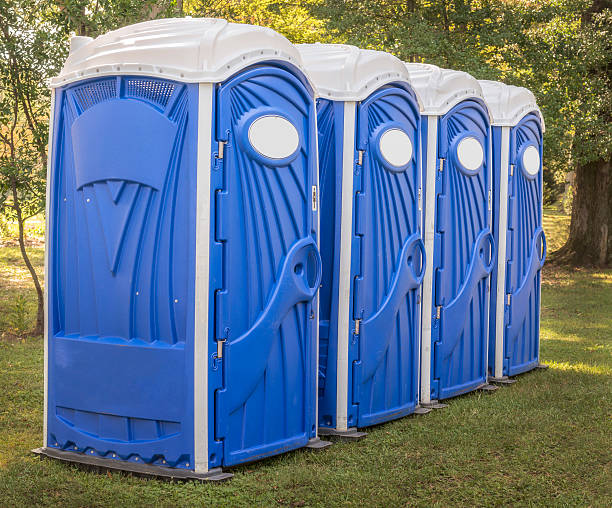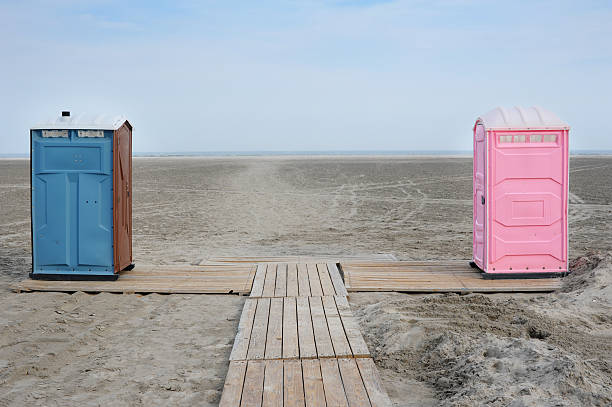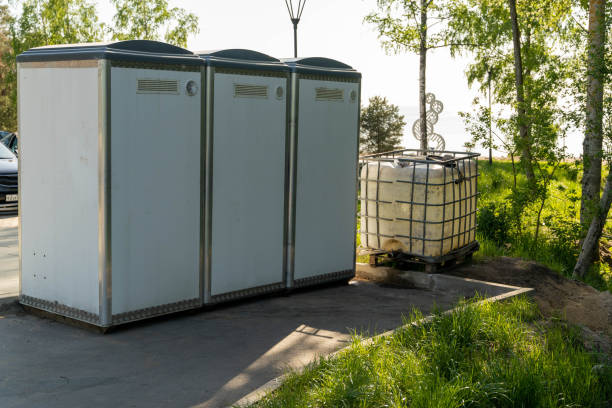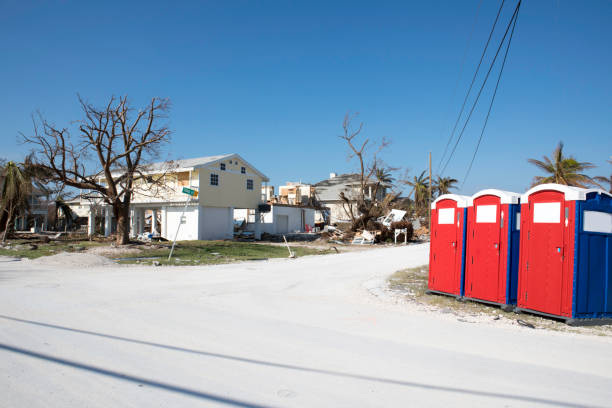Why Accurate Unit Counts Matter in Roaring Spring, PA
- Guest/Worker Comfort & Satisfaction: Adequate facilities prevent long waits and ensure a better experience.
- Event Smoothness: Avoids restroom-related bottlenecks or complaints at your Roaring Spring, PA event.
- Health & Hygiene: Sufficient units, properly serviced, maintain better sanitary conditions.
- Compliance: Many Roaring Spring, PA events and worksites have regulations regarding the ratio of toilets to people.
- Cost Efficiency: Renting the right number avoids overspending on unnecessary units or underserving your needs.
- D & F Planning Support: Our Roaring Spring, PA team assists you in calculating the right quantity for any scenario.


Our Range of Portable Toilets for Any Roaring Spring, PA Gathering or Project
D & F Portable Toilets provides flexible options locally:
- Standard & Deluxe Portable Toilets: For varying levels of comfort and amenities at events or sites.
- ADA-Compliant Units: Ensuring accessibility for all individuals at your Roaring Spring, PA location.
- Luxury Restroom Trailers: Upscale facilities for weddings and special events.
- Hand Washing Stations: Essential for hygiene, available as standalone or alongside toilets.
- Flexible Rental Durations: From single-day events to long-term construction projects in Roaring Spring, PA.
- Customized Service Schedules: Tailored cleaning and restocking based on your Roaring Spring, PA rental's usage.


